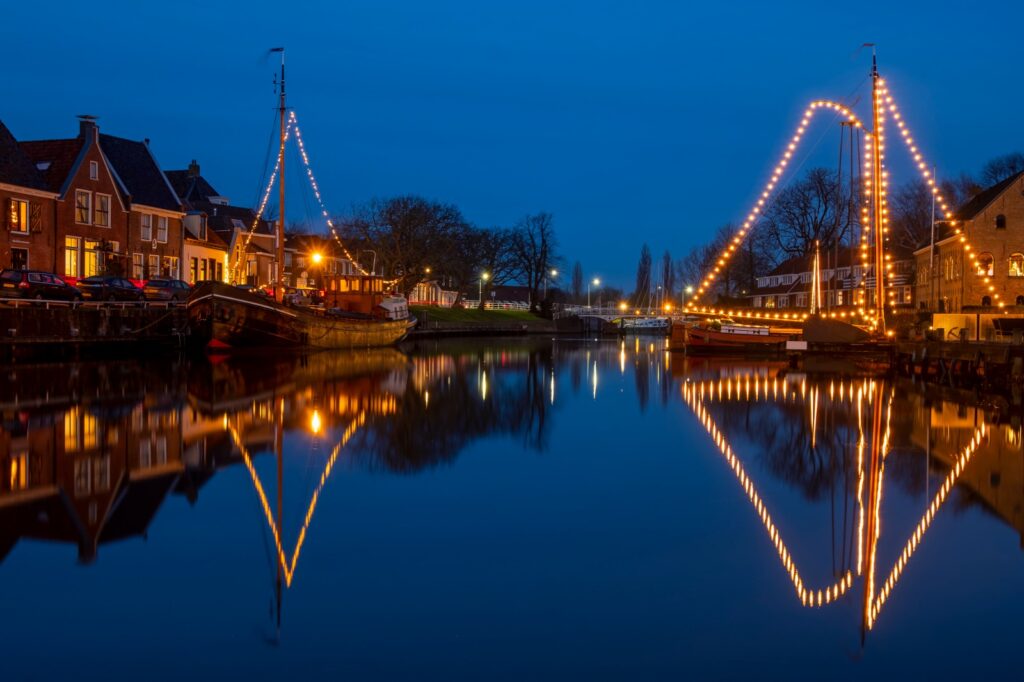Explore Denmark: A Mosaic of History, Nature, and Contemporary Design
Denmark is a Scandinavian gem where rich heritage, breathtaking scenery, and high-tech design harmonize in a perfect blend. From its Viking heritage to its globally acclaimed innovation in architecture and sustainability, Denmark has something for every traveler. The capital, Copenhagen, is a cultural hotspot—from royal palaces and cobbled streets to Michelin-starred restaurants and chic cycling routes.
Nature enthusiasts will discover peaceful coastlines, national parks, and scenic islands such as Bornholm and Fur, whereas thrill-seekers can investigate huge dunes such as the Rabjerg Mile or ride waves in Cold Hawaii. Children and families migrate to places such as Legoland Billund and Tivoli Gardens, where fantasy and amusement come to life.
Denmark’s commitment to sustainability is evident in its clean cities, green energy, and bike-friendly infrastructure. The Danes themselves are famously friendly and laid-back, often ranked among the happiest people in the world. Whether you’re wandering medieval castles, sailing through the fjords, or relaxing in a cozy seaside town, Denmark’s unique blend of old-world charm and modern innovation makes it an unforgettable destination.
Kerteminde: A Danish Seaside Town (scenic-view-sea-against-sky-sunset)
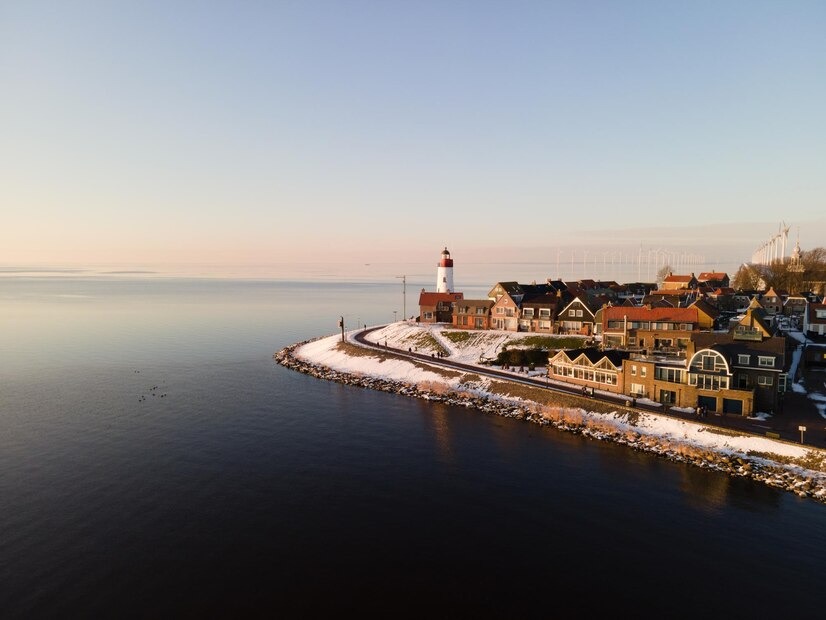
Located on Funen’s northeast coast, Kerteminde is a charming Danish town highly respected for its nice harbor, sandy beaches, and centuries-old history related to the sea. Once a lively fishing village, it is now a popular beach destination while still maintaining its pleasant, small-town atmosphere.
Kerteminde stands out due to its brightly colored historic houses, cobblestone streets, and lively harbor district with restaurants, shops, and fishing boats. Visitors often come to tour the town’s cultural attractions, including the Fjord & Bælt center dedicated to marine life and the Johannes Larsen Museum dedicated to a renowned Danish painter.
Providing a laid-back atmosphere, historic buildings, and scenic coastal paths, Kerteminde offers a delightful blend of nature, history, and Danish seaside living—much to the delight of those visiting Funen or simply in need of a peaceful retreat at the seaside.
The Fur Island (buildings-by-mountains-winter)
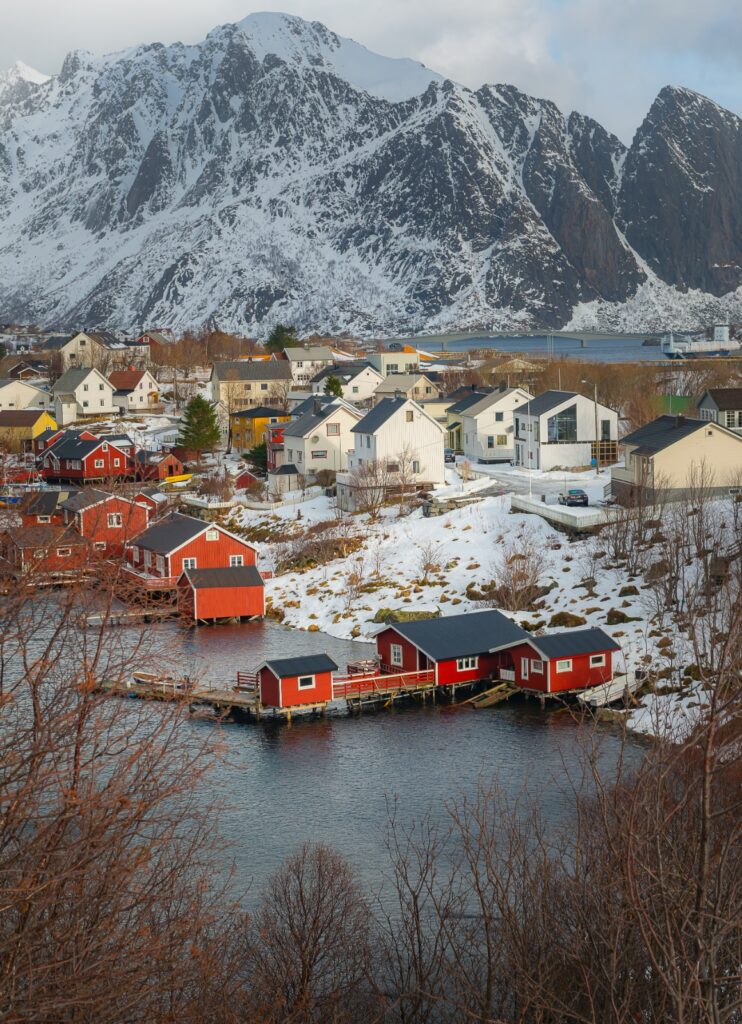
Fur Island in the Limfjord in northern Denmark is a natural and geologic phenomenon famous for its breathtaking scenery and ancient fossils. The island is small but rich in history, culture, and natural beauty. Its cliffs, especially the “Knudeklint,” are UNESCO-listed due to the well-preserved layers of volcanic ash and sediment dating back 55 million years. These make Fur a paradise for fossil hunters and geology enthusiasts. Visitors can explore the Fur Museum to learn about the island’s geological past and see unique fossil displays. Fur is also great for hiking, cycling, and relaxing on peaceful beaches. The island’s picturesque villages, craft breweries, and seafood restaurants provide a genuine Danish country experience. Nature enthusiasts and artists find its peaceful atmosphere and stunning coastal scenery irresistible. Conveniently reached within a short ferry trip from the mainland, Fur Island is a treasure hidden in plain sight where nature, history, and tranquility blend wonderfully.
Skjoldungernes Land National Park (scenic-view-sea-against-sky)
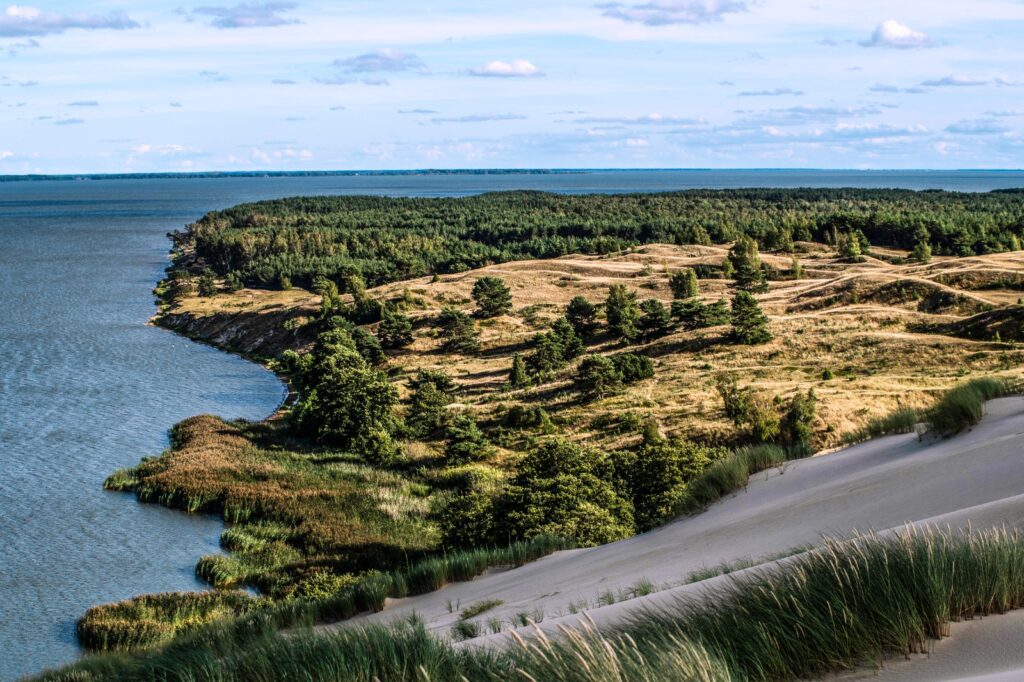
Skjoldungernes Land National Park, in eastern Zealand close to Roskilde, is a nature-abundant and culturally valuable place covering forests, fjords, meadows, and ancient landscapes. The park is dedicated to the legendary Danish royal line, the Skjoldungerne, and contains historic remains dating from the Viking Age. It encompasses part of the Roskilde Fjord, Selso Castle, and several burial mounds and stone circles. The region is well-suited for walking, kayaking, and birdwatching, with quiet trails and beautiful vistas. Educational signs along the park provide insight into the area’s history and diversity. Abundant in plant life and animals, the park provides varied ecosystems, with wetlands, oak woodlands, and endangered species. It’s also a site for family trips, nature photography, and studying Denmark’s cultural heritage. Skjoldungernes Land National Park is a perfect combination of natural scenery and heritage, offering a serene escape near Copenhagen.
Frederiksborg Castle (beautiful-view-famous-palace-belvedere-vienna-austria)
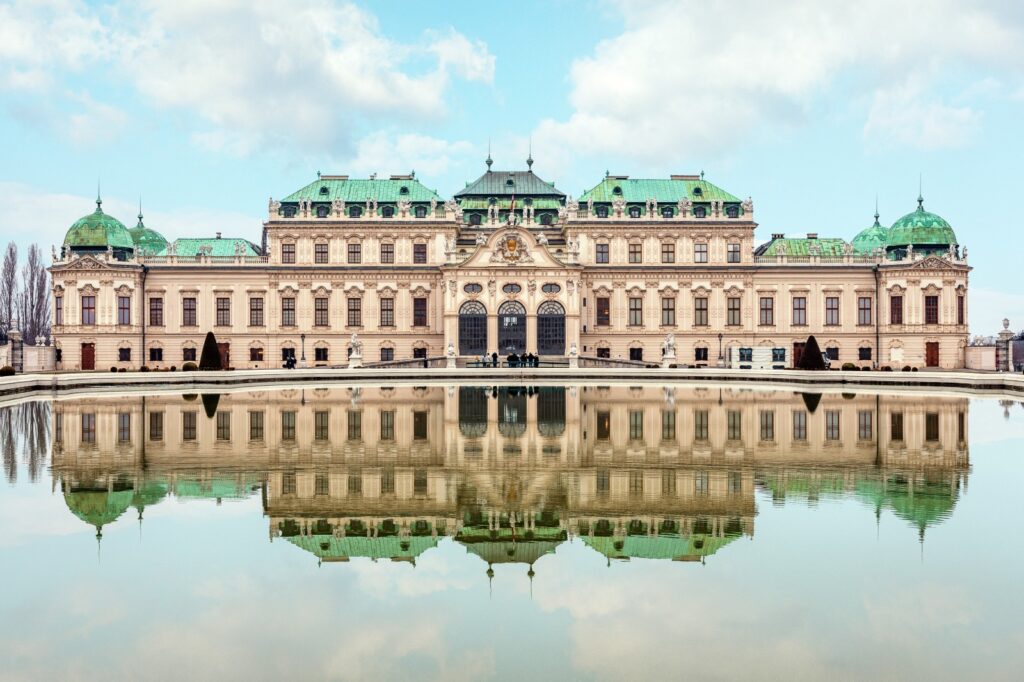
Frederiksborg Castle in Hillerod is a work of Renaissance architecture and one of Denmark’s most stunning royal palaces. Constructed during the early 17th century by King Christian IV, the castle is located on three islets in the center of a lake surrounded by stunning baroque gardens. It now serves as the home of the Museum of National History, which displays Denmark’s rich history through portraits, furniture, and relics. The visitors can tour lavish rooms, ornate ceilings, and the breathtaking Chapel of Orders. The castle’s Great Hall is especially noteworthy, which is decorated with tapestries and portraits of kings. The formal gardens and lake outside provide serene walks and photo shoots. Frederiksborg Castle is not only Denmark’s royal splendor but also a cultural and educational beacon. It’s within easy train access from Copenhagen and makes for an engrossing day trip. The intertwining of history, art, and nature at Frederiksborg makes the castle a destination for every tourist interested in Denmark’s history.
Tivoli Gardens (decorated-traditional-boats-harbor-from-dokkum-netherlands-christmas-sunset)
Copenhagen’s Tivoli Gardens is one of the oldest and most romantic amusement parks in the world, entertaining tourists since 1843. Located in the city center, Tivoli combines old-world character with contemporary excitement. The park provides an enchanting combination of lovely gardens, traditional rides such as the wooden roller coaster “Rutschebanen,” thrilling attractions such as the Demon roller coaster, live shows, and cultural performances. At dusk, thousands of lights turn the park into a fairy-tale wonderland. Tivoli also features concerts, fireworks, and seasonal events, such as a magical Christmas market and Halloween celebrations. The architecture combines Moorish, oriental, and traditional Danish styles to produce a distinctive atmosphere. From fine dining to snug cafés and exciting games, there’s something to suit all tastes. The attraction of Tivoli is that it charms both kids and adults alike, and so it becomes a favorite haunt for locals and tourists. It is much more than an amusement park—it’s a cultural and historical treasure.
Jammerbugten (The Bay of Laughter and reflection-building-lake)
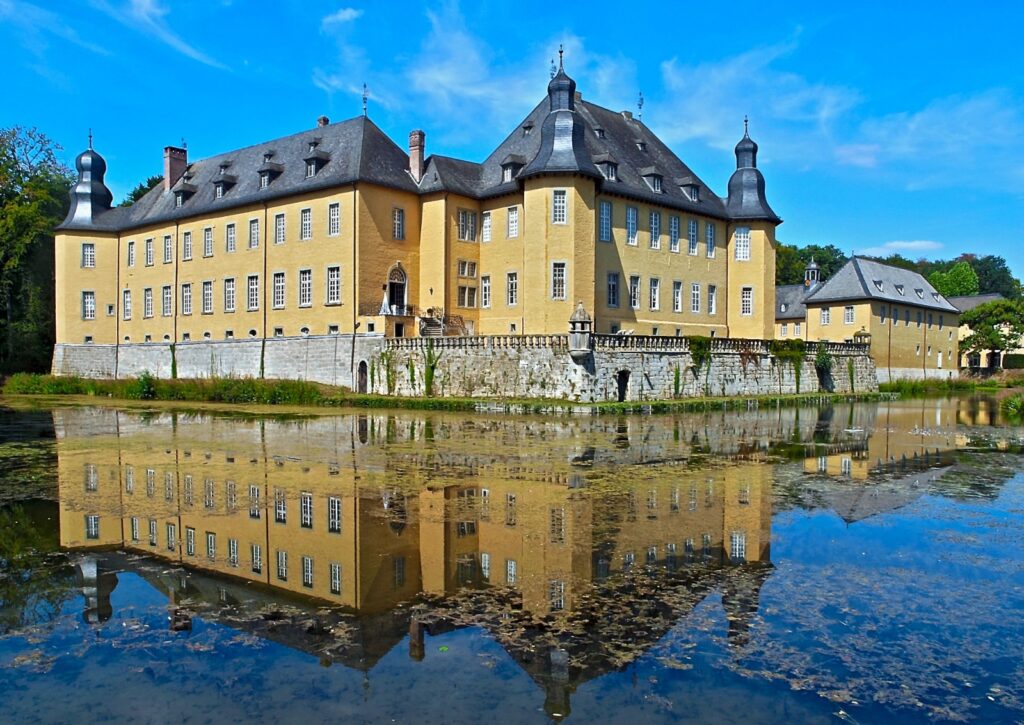
Jammerbugten, in northwestern Jutland, is a picturesque bay region famous for its dramatic coast, expansive sandy beaches, and tranquil seaside villages. The name literally means “The Bay of Lament” because of the numerous shipwrecks resulting from rough weather in the past, but now it’s a paradise for tourists looking for relaxation and adventure. The region provides great opportunities for swimming, kite surfing, and trekking in the surrounding dune landscapes. Fishing towns such as Lokken and Blokhus offer snug lodgings, seafood restaurants, and craft shops. The area also boasts Farup Sommerland amusement park, Denmark’s top family entertainment. Inland, tourists can visit protected natural reserves, woods, and lakes. Jammerbugten is ideal for nature enthusiasts, beach lovers, and those looking for a more relaxed pace of life. Its combination of free coastal scenery and welcoming communities makes it a snapshot memory on the west coast of Denmark.
Thy National Park (boardwalk-trail-marsh-great-kemeri-bog-swamp-latvia)
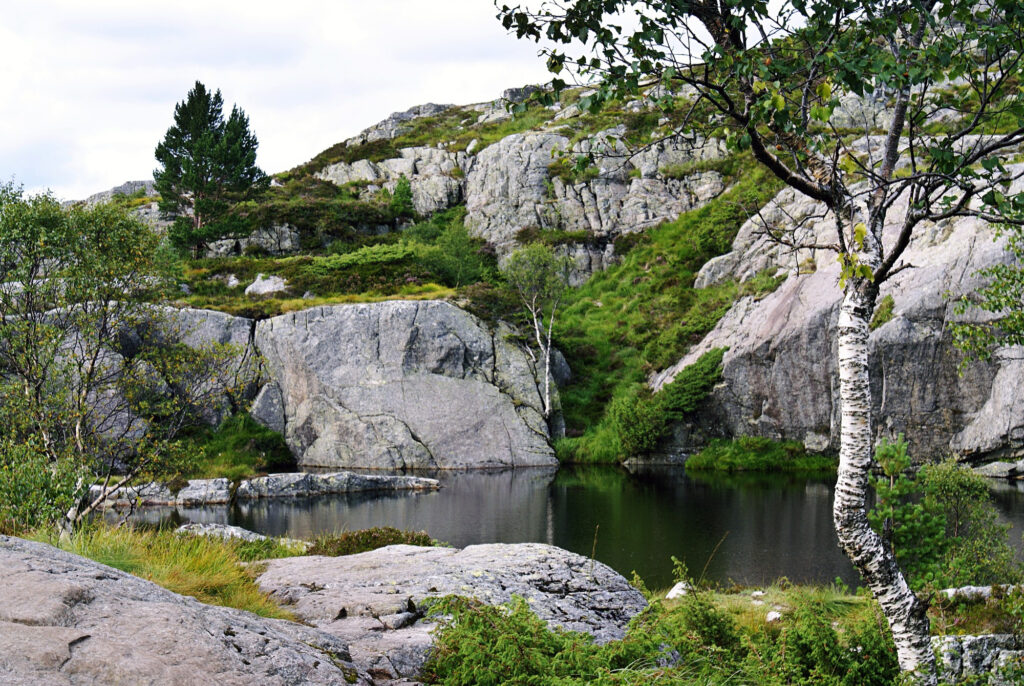
Thy National Park is Denmark’s very first national park, situated along the windswept northwestern Jutland coast. With an area of more than 240 square kilometers, the park is a dramatic combination of dunes, heathland, woodland, and lakes. Famous for its rough, unspoiled nature, it’s heaven for hikers, cyclists, and bird-watchers. The park’s distinctive landscapes were sculpted by centuries of sand drift and coastal erosion, providing a habitat for scarce plants and animals, such as red deer and cranes. Guests can hike by well-marked trails, kayak on lakes, or spend quiet moments in windy dunes. Surfers from around the world head to the nearby Cold Hawaii surf spot in Klitmoller. Thy National Park also provides cultural experiences, with ancient burial mounds and traditional Danish farmhouses scattered across the landscape. It’s a destination to get back to nature and experience Denmark’s untamed side.
National Museum of Denmark (low-angle-view-building-against-sky)
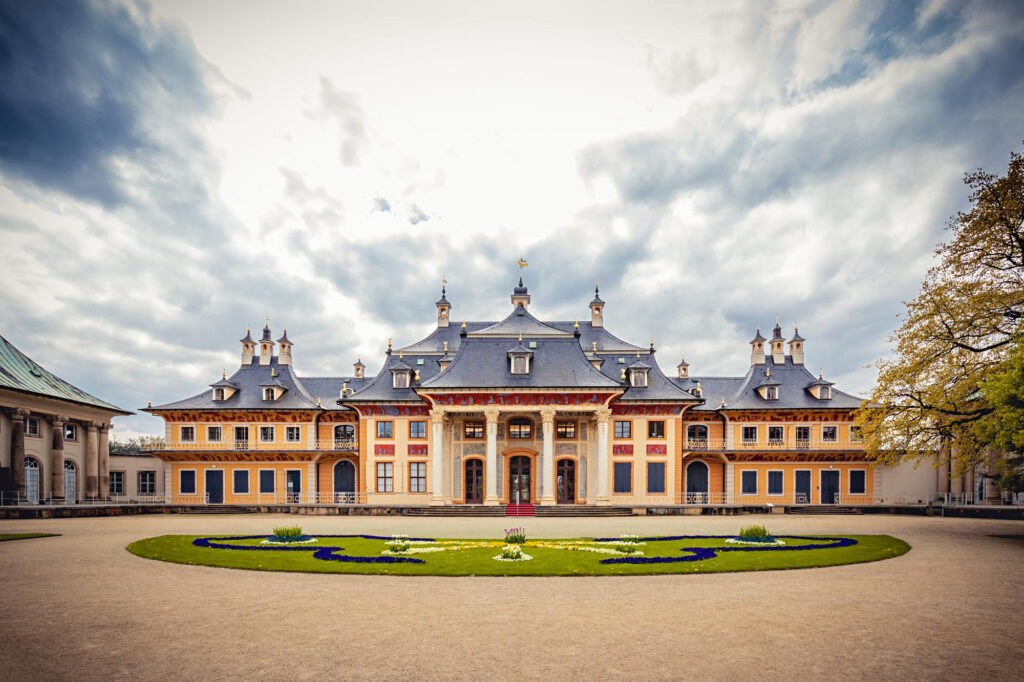
The National Museum of Denmark in Copenhagen is Denmark’s largest cultural and historical museum. It provides an interesting journey through Danish and world history, from the Stone Age to the present day. The museum houses Viking artifacts, medieval treasures, ancient mummies, and world ethnographic collections. The Trundholm Sun Chariot, Gundestrup Cauldron, and exquisitely preserved runestones are some of the highlights. The museum also features interactive exhibitions for kids, making it entertaining and informative to people of all ages. Located in an 18th-century royal mansion close to Christiansborg Palace, the museum is a work of architecture itself. Special exhibitions, guided tours, and workshops offer deeper insights into various cultures and historical periods. Whether you’re interested in archaeology, anthropology, or Danish history, the National Museum provides a comprehensive and captivating experience. It’s a must-visit for anyone wanting to understand the roots of Danish identity and the broader story of humanity.
M/S Maritime Museum of Denmark (navigator-tower-finkenwerder-banks-elbe-river-hamburg)
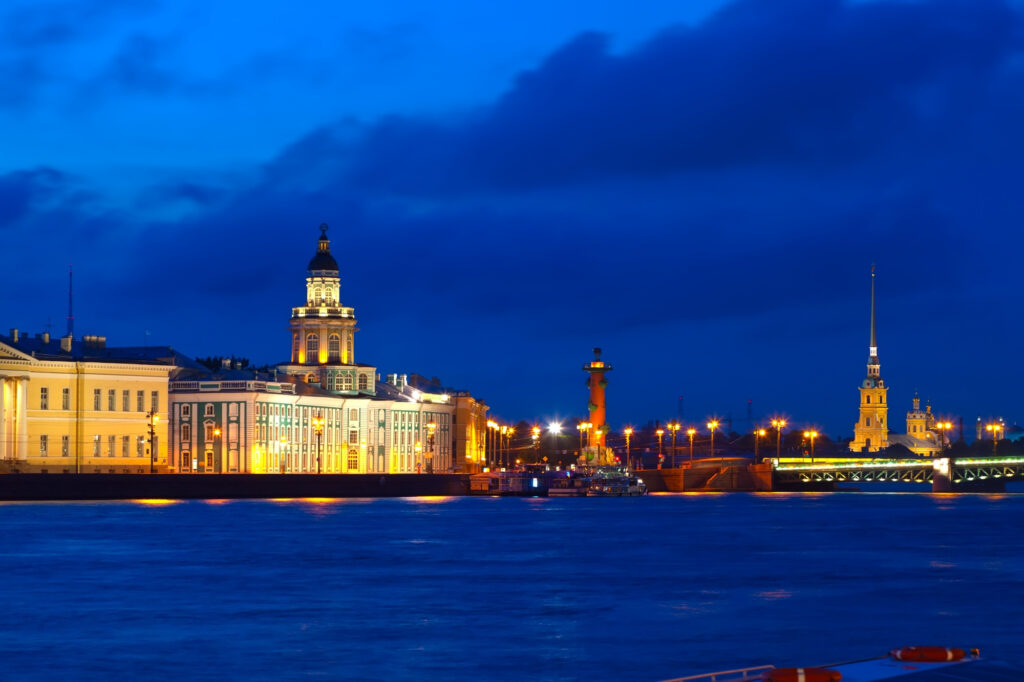
The M/S Maritime Museum of Denmark in Helsingor is an internationally recognized museum bringing Denmark’s maritime past to life. The museum, designed by the renowned Bjarke Ingels Group (BIG), is constructed underground around a reused dry dock, providing a dramatic architectural experience. Visitors then step inside to wander through exhibitions that take Denmark’s maritime past from international trade routes and naval combats to sailors’ experiences at sea. The museum has interactive exhibits, ship replicas, artifacts of the past, and multimedia narratives. Themed special exhibits include immigration, piracy, and shipbuilding. Being proximate to Kronborg Castle (of Hamlet fame) also enhances the cultural value of the region. The M/S Museum is fun as well as educational, attracting visitors of all ages. It’s a must-visit for those who care about Denmark’s relation to the sea and how marine history has created the country it is today.
The Faroe Islands (houses-shore-against-buildings)
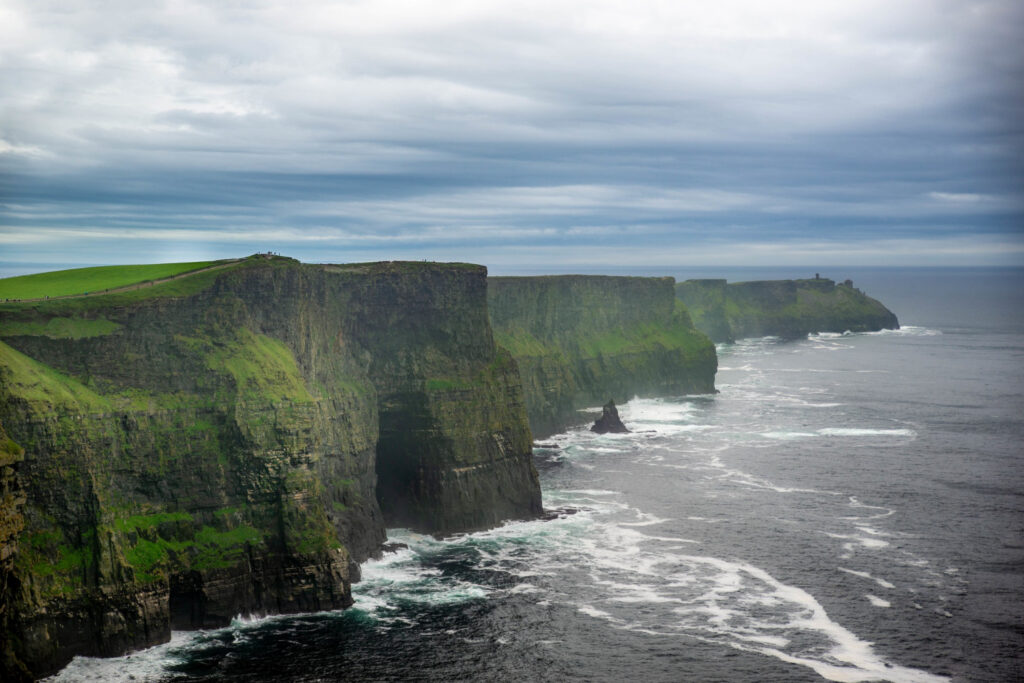
The Faroe Islands, part of the Kingdom of Denmark as an autonomous territory, are a breathtaking archipelago of 18 volcanic islands in the North Atlantic. Famous for their cliff-dramatic scenery, rolling green hills, and secluded character, the islands provide an off-the-beaten-path travel experience. The capital, Tórshavn, is one of the tiniest and most romantic capitals in the world. One may visit puffin colonies, tumbling waterfalls, and fjordlike scenery, or trek along ancient trails that link minute villages. The Faroe Islands also boast a strong Norse heritage, turf-roofed traditional houses, and a lively modern culture. Whether birdwatching, fishing, or merely basking in solitude, the islands are another world. Though located in a faraway place, the Faroes can be reached by air and sea, and provide warm welcomes and a sense of nature and tradition.
Oresund Bridge (Oresund Underwater Bridge interior-illuminated-bridge-against-sky-night)

The Oresund Bridge is a testament to innovative engineering that joins Sweden and Denmark across the Oresund Strait. The span is about 16 kilometers in length, and the structure consists of a bridge as well as a tunnel. The bridge is initiated as a cable-stayed bridge from the Swedish coast, goes through an artificial island known as Peberholm, and then plunges into an underwater tunnel to reach Amager, close to Copenhagen. This innovative construction permits road and rail traffic, while keeping ship passage clear. Since its launch in 2000, the bridge has emerged as a symbol of Scandinavian interconnectivity, promoting economic and cultural exchange between the two nations. The road trip across features breathtaking views of the sea and surrounding scenery. The Oresund Bridge isn’t merely a transport connection—it’s a symbolic bridge and an achievement of architectural and diplomatic teamwork.
LEGO House Billund (low-angle-view-building-against-sky)

LEGO House, otherwise called the “Home of the Brick,” is a interactive LEGO experience center located in Billund, Denmark. Designed by architect Bjarke Ingels, it resembles massive LEGO bricks on top of one another. Inside, there is a universe of creativity, divided into spaces for building, storytelling, robotics, and designing. The top attractions are the Masterpiece Gallery of breathtaking LEGO sculptures, the Tree of Creativity—a massive LEGO tree composed of more than 6 million bricks—and interactive play spaces for children and adults alike. LEGO House is not an amusement park; it’s a celebration of imagination, play-based learning, and experiential exploration. There are eating spaces where even your food is LEGO-ized, and digital aspects enable visitors to design their own mini-figures and digital experiences. Perfect for LEGO enthusiasts, families, and creative thinkers, LEGO House is a must-see for those seeking the essence of the LEGO spirit in its birthplace.
The Rabjerg Mile (scenic-view-beach-against-sky)
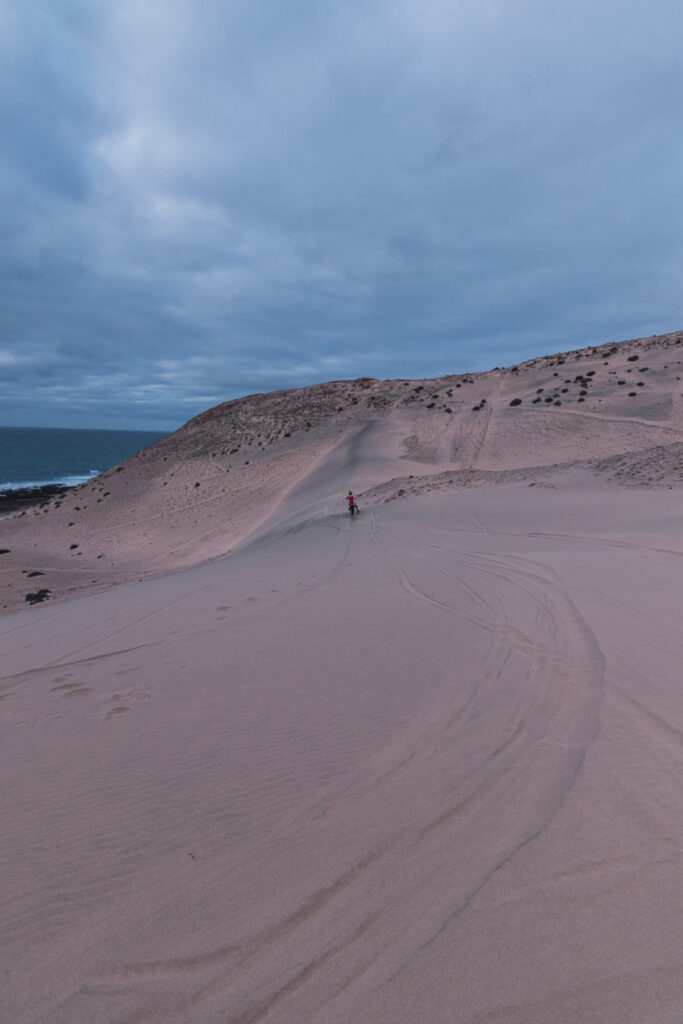
The Rabjerg Mile is Denmark’s largest migrating sand dune, located in northern Jutland near Skagen. This natural wonder covers about 1 square kilometer and moves about 15 meters annually due to strong winds from the west. Standing on the dune feels like being in a desert, with panoramic views of endless sand and nearby forests and heathlands. The shifting landscape creates an ever-changing environment, making each visit unique. It’s a favorite among photographers, hikers, and nature lovers. Though bare-looking, the dune and the area around it sustain special vegetation and wildlife that live in sandy environments. Walkers can cross the dune and find a serene retreat into the raw beauty of nature. Rabjerg Mile is an incredible demonstration of how the natural world molds the terrain and a one-of-a-kind experience unlike others in Denmark.


